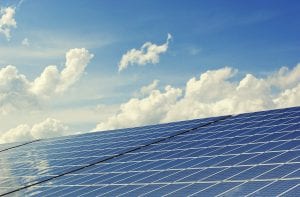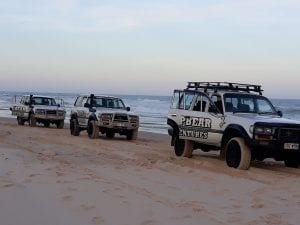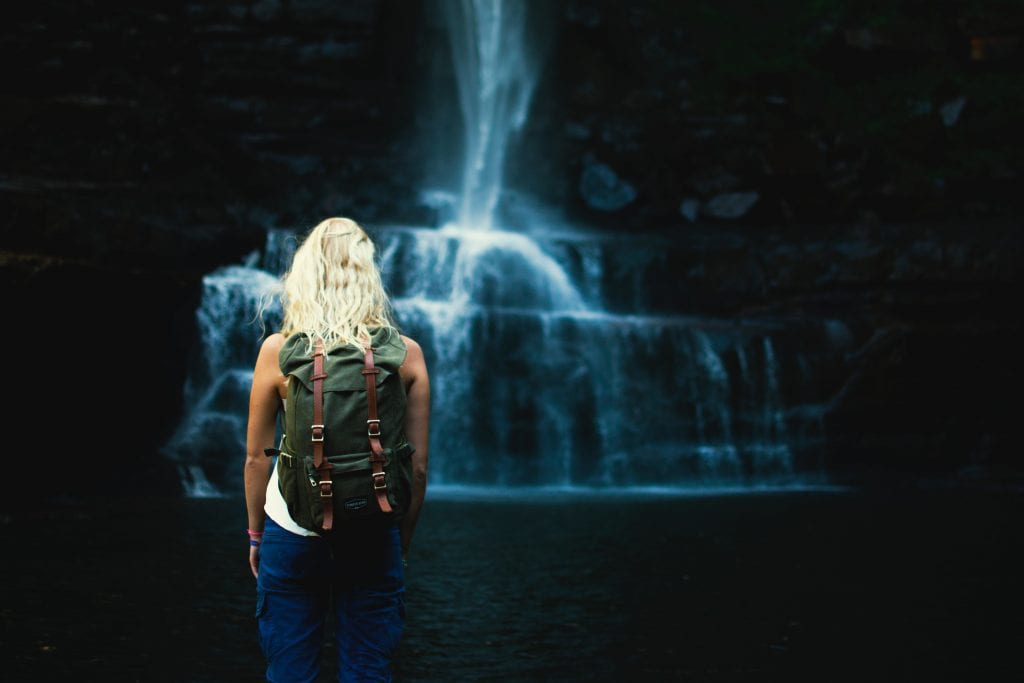Travelling through remote wilderness areas often means little to no phone reception, minimal access to the internet and bleeping red lights on every battery you own. Switching off from social media and the general mindless scrolling that the internet encourages in all of us is always a good idea, but we still need our devices to capture all those special moments that happen along the way. From powering up to protecting your devices from the elements, here are some backpacking essentials for your camera and more.
Here are three top backpacking essentials for staying connected and protecting your devices
Harness the power of the sun with a solar powered charger
If you need power on the road and plug sockets are non-existent, a solar powered charger is a must have backpacking essential. Powered by something Australia has in spades, sunshine, solar powered chargers are the best way to charge your devices while travelling in remote areas. Look for something lightweight and durable made by a reputable brand, powerful enough to charge a battery-draining device such as an iPad while also being small and light enough to pop in your pack. You won’t have to worry about your phone or camera dying the minute a dingo crosses your path on one of our epic Fraser Island Tours.

Share high quality photos instantly with a WiFi enabled camera
If you’re serious about photography and prefer a high quality camera over your phone then a Wi-Fi enabled version is the best one to bring. Cameras which establish their own secure Wi-Fi connection means you can send pictures directly to your phone or device where-ever you are, without the need for internet. Filter and work on the images on your phone while internet is scarce, then be ready to share your memories once you’re back in range. You can also use your phone or device to remotely control the camera. A handy backpacking essential for our connected lives.

Protect your devices in all environments with these simple tips
Both desert and tropical environments come with their own special set of issues. Trekking through forest or hanging out at a humid beach can result in a foggy camera or phone lens, which means grainy pictures. The best way to prevent this is by placing your devices in a sealed plastic bag which travelling through humid environments. Doing this before your leave the comfort of an air-conditioned vehicle is even better, meaning your camera or phone will adjust to the temperature change more slowly, reducing the risk of fogging. For desert and beach travel, your device’s worst enemy is sand and sun. Always keep your phone out of direct sunlight, ideally in a backpack and use a front element on your camera lens with a good quality filter. Invest in a small air blaster to pump that sand and dust out of your camera and equipment and spare micro fibre cloths to use on lenses.
Written by Kate Moxhay at katemoxhay.com

